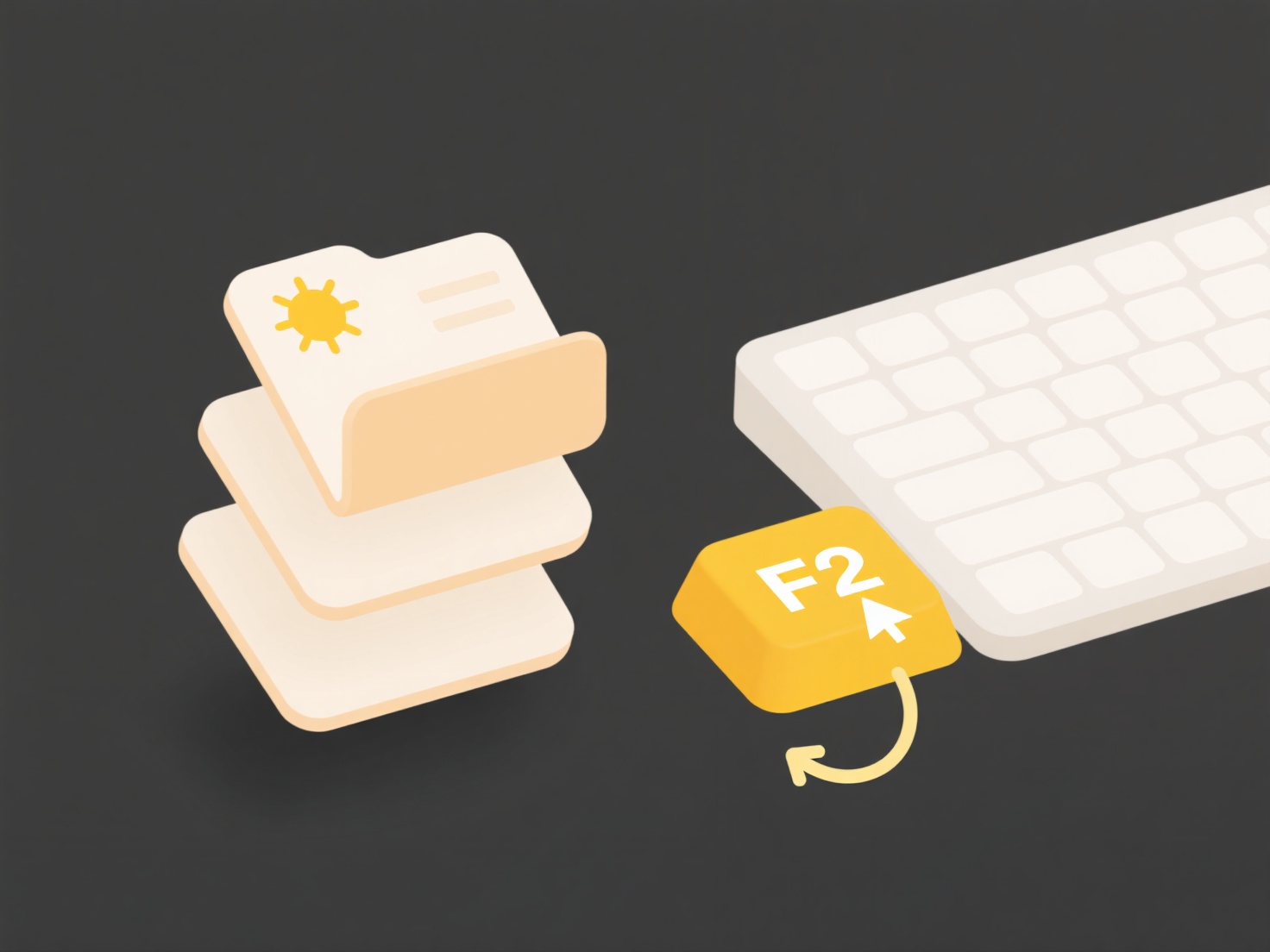
Unsaved drafts are temporary versions of documents created during editing sessions but not manually saved to a persistent location; they often rely on an application's auto-recovery feature. Exported drafts are temporary files generated when a user creates an output version (like a PDF or Word doc) but doesn't subsequently save or organize it. These files differ from intentionally saved work as they are transient by design and are not meant to be the final, organized version.

Common scenarios include editing apps saving recovery files (.asd in Word, .gdoc autosaves) left after closing without saving manually. Exported drafts occur in design tools (like Photoshop saving a temporary PSD upon export) or report generators outputting CSV/PDF files that users download but forget to move or delete. Messaging platforms often store unsent message drafts locally or cloud temp folders. Writers, designers, and engineers frequently encounter these files.
Regular cleanup frees disk space and reduces clutter, improving workflow efficiency. However, deleting unsaved drafts risks losing unfinished work if the auto-recovery backup fails. Manually managing exported drafts prevents accidental deletion of needed outputs. Consider ethical implications like project documentation retention policies. Future OS/application features may improve auto-purging of outdated temporary files to streamline user experience without sacrificing data safety.
How do I clean up clutter from unsaved or exported drafts?
Unsaved drafts are temporary versions of documents created during editing sessions but not manually saved to a persistent location; they often rely on an application's auto-recovery feature. Exported drafts are temporary files generated when a user creates an output version (like a PDF or Word doc) but doesn't subsequently save or organize it. These files differ from intentionally saved work as they are transient by design and are not meant to be the final, organized version.

Common scenarios include editing apps saving recovery files (.asd in Word, .gdoc autosaves) left after closing without saving manually. Exported drafts occur in design tools (like Photoshop saving a temporary PSD upon export) or report generators outputting CSV/PDF files that users download but forget to move or delete. Messaging platforms often store unsent message drafts locally or cloud temp folders. Writers, designers, and engineers frequently encounter these files.
Regular cleanup frees disk space and reduces clutter, improving workflow efficiency. However, deleting unsaved drafts risks losing unfinished work if the auto-recovery backup fails. Manually managing exported drafts prevents accidental deletion of needed outputs. Consider ethical implications like project documentation retention policies. Future OS/application features may improve auto-purging of outdated temporary files to streamline user experience without sacrificing data safety.
Related Recommendations
Quick Article Links
How do I rename academic files by citation style?
Renaming academic files by citation style means structuring filenames to reflect standardized referencing formats like A...
How does Wisfile recognize file content using AI?
How does Wisfile recognize file content using AI? Wisfile uses its built-in local AI engine to scan and analyze your f...
Can I rename downloaded YouTube videos automatically?
Renaming YouTube videos automatically refers to using software tools to change downloaded filenames based on video metad...